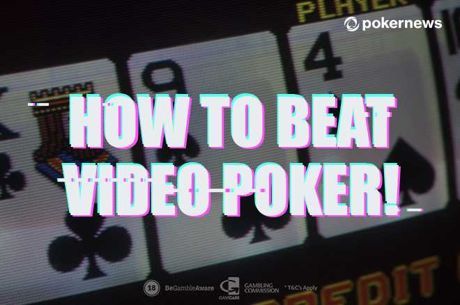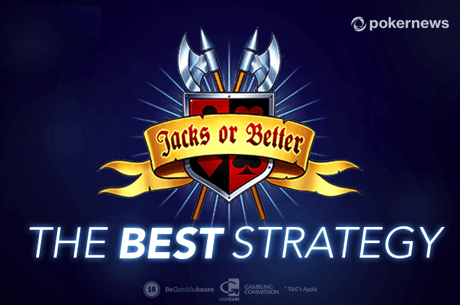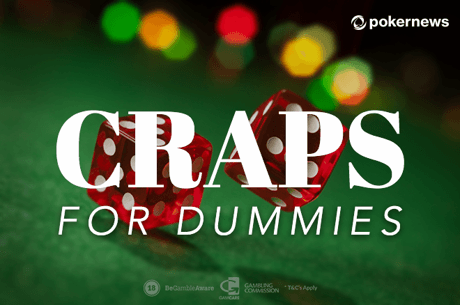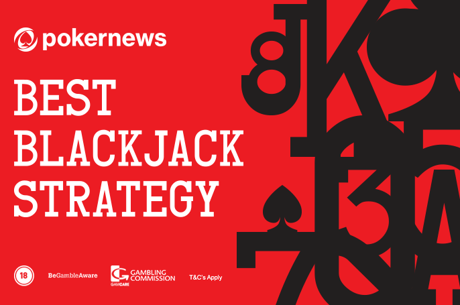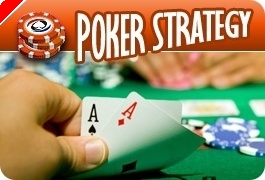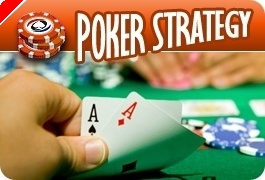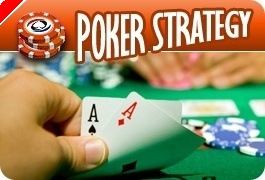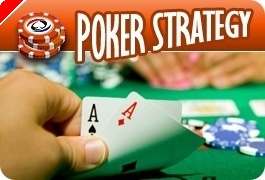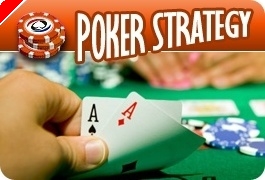Stud Poker Strategy: Slowing Down at Yellow Lights

I was teaching my daughter how to drive — but she's learning in the city, Boston to be exact. People tend to pick up bad habits of driving in this city, and my daughter is no exception. We were approaching a green light and it turned yellow. So, naturally, growing up in Boston, she did what every driver learns to do here. She speeded up! Now you and I know that this is incorrect driving behavior. But she didn't. I had to explain that a yellow light meant to start slowing down because a red light was about to follow. And a red light meant stop.
Yes, in driving, yellow lights mean slow down and red lights mean stop. But drivers, especially new drivers, only see the green. And once they are going it's very difficult for them to stop. Maybe that's why the accident rate in Boston is so high. They fall in love with their accelerators, failing to brake at yellow lights – and even failing to stop at red ones!
What does this have to do with poker? I've noticed some very similar habits at the stud tables where I play. Players, who might otherwise play a pretty good game, have a hard time slowing down and stopping when the light changes. Though they don't use their poker accelerator often, if they use it at the beginning of the hand they have a very tough time switching to the brake when the situation calls for it.
Here's an example. Matt, a fairly good, though perhaps overly tight player in a $20/40 game, (conventionally structured with a $3 ante and a $5 bring-in) gets dealt a split pair of jacks with a king kicker. He sees around the table a bunch of low and middling cards and a queen a few seats to his left. Rudy, a solid, relatively straightforward player, holds the queen.
Matt plays few hands – generally staying out of any hands if he doesn't have at least a premium pair or a high three-flush that is very live – and that expects a lot of competition. With his pair of jacks he completes the bet to $20. This is the conventional play for a premium pair. The next couple of players fold. The action comes to the queen who re-raises. Everyone else folds and the action returns to the jack. The remaining kings and jacks are live; he knows that the queen may well have reraised to get the hand heads up even without a pair of queens. He figures him for maybe a wired pair with a queen kicker or maybe even a queen with an ace in the hole.
Matt calls the raise from the queen. He figures that he might be a small dog, if Rudy has the queens he's representing. Or, if Rudy is bluffing, with maybe a queen and a couple of high cards or a queen and a wired pair, then Rudy knows he's a pretty big favorite.
The next card for Matt is a suited five. The next card for Rudy is an unsuited six. Rudy, with the exposed queen, is high. He bets. Matt calls. So far so good.
On fifth street Rudy pairs his fourth-street card, the six. Matt gets an Ace. The queen with the new pair of sixes checks. The jacks bet and the pair of sixes re-raises, executing a check-raise. Matt calls.
The hand plays out with Rudy betting sixth and then the river and Matt calling both. Rudy shows down queens up and Matt, who improved on the river to a second pair, shows jacks up. Rudy wins.
Matt played his hand wrong. His errors are those routinely made by some players. Let's look at them closely.
Raising pre-flop is fine – even with a higher door card out. If one only raised with a premium pair that was higher than anyone else's door card in a $20/40 game, the antes and bring-in would eventually destroy your stack. You have to raise with lower premium pairs in the hope of knocking out the singleton premium cards that remain after you.
But when your effort is met by return fire – by a re-raise – that should give you great pause – especially when it comes from a straightforward player. It's true that many good players will raise with the higher premium card even if they don't have a pair. And it was correct, in my opinion, for Matt to call this raise with a higher kicker than that door card – a king versus that queen. Similarly, when neither hand improved on fourth street, I think it was correct for Matt to call Rudy's bet – since Matt still possessed an overcard and Rudy didn't show any additional threat.
But on fifth street, when Rudy checked, Matt should surely not have taken the bait. He should have checked behind Rudy – getting and giving a free card. I'd suggest that it was the product of thoughtless aggression – a foot stuck on the accelerator.
This is a mistake, and one that I've seen some players make routinely. They begin as the aggressor, they face return fire, but they refuse to back down – acting as if they have no brakes, only an accelerator. This can be catastrophic. In this case, Matt decides that he should represent a strong hand to try to get the queen to fold. He thinks of his bet as a semi-bluff – a pair of jacks with an ace kicker that could improve to a high two pair and may also win by getting his opponent to fold.
But what he's doing is speeding up at the intersection with a yellow light. He should be slowing down. Assuming that either of his initial reads of Rudy's hands is correct, Rudy is now either a big favorite (about 7:3), with queens up against Matt's jacks with an ace kicker, or a small favorite (about 3:2) with two low pair against Matt's jacks and a high kicker.
Rudy's action, the check-raise, after Matt's fifth street bet, should have been a red light. If Matt thought that his bet made sense – by denying his opponent a free card if he was drawing, or punishing him if he only had a small pair – then when Rudy raised, Matt should have seen it as the powerful sign of strength that it was. Matt should have folded.
This isn't to say that some players aren't tricky enough to try a check-raise bluff or semi-bluff. But the good player can't assume that the fifth-street betting action of his straightforward, solid opponent is a bluff. At most he should have recognized the paired board as a yellow light and checked. And when he did bet, and was check-raised, he should have seen it as a red light and gotten away from his hand.

